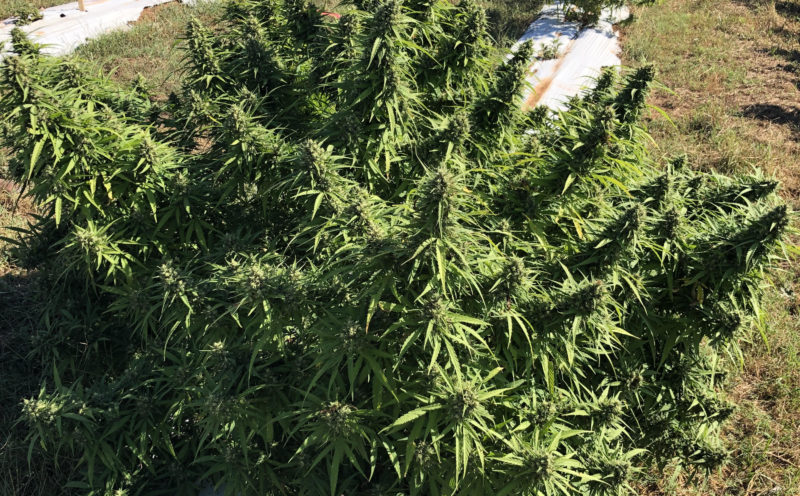
Hemp Considerations
Author’s Note: Before reading this article, I would like to define two words: Growers and Farmers. A grower is a hemp cultivator who produces the crop in a greenhouse for liner production or for flower. A farmer is an outdoor producer.
The hemp industry is at a very critical stage in its development in the U.S. Many states have yet to allow commercial production of hemp. Depending on which state you are in, many are eagerly waiting for regulations to be passed while others are frantically harvesting to beat an early frost.
Not only are some states still closed but for the states that are open for pilot programs or permitted commercial production this year, many farmers are struggling to understand the regulations/flexibility around THC (Delta-9 THC vs. Total THC) which ultimately should dictate when they harvest.
GENETICS
Many farmers have invested in seed that has not held up to the claims from the breeder or broker and thus making this process even more complicated and costly. Hemp seed is extremely risky. There are many producers and suppliers of seed that claim 98% germination, feminized, high CBD%, growth consistency, flower timing consistency, etc. However, in all reality, for most seed purchasers, this is not the case. “Normal” is approximately 40 to 60% germination rate, plenty of males and/or hermaphrodites, and multiple phenotypes.
Why do we care if there are seeds in our crop? If the plant is putting its energy into reproduction, it is allocating less into secondary metabolite production. Why does it matter if we have multiple phenotpyes? They not only look different, but they are normally different chemotypically.
Now let’s bring up flower timing and how different phenotypes are flowering at different times or early, thus not bringing the yield farmers have expected and in-turn revenue. This risk should not be posed on farmers but it is and it is wide-spread. Beware!
BOTTLENECKS
Many farmers have decided to jump in feet first. The motivation to do this is completely understood with the current market value of smokable flower and CBD. However, this jump has caused its own challenges. Some of these farmers have planted anywhere from 300 to 1,000 acres with one to three different varieties. They planted liners (rooted clones) or seed at the same time between the middle of May through the beginning of June and now have a mad rush to harvest everything at the same time to ensure product quality. With this mad rush, drying space is becoming a limiting factor and farmers are having to build or rent barns, chicken houses, etc., to avoid product spoilage.
With the concerns generated from production of a new a crop, in general, farmers and growers are also struggling to find credible and reliable buyers for their biomass or smokable flower. Any new industry would have these “assumed” challenges as part of the game, but many of them could be alleviated because many are due to just mass misinformation and non-validated crop performance claims.
The Hemp Mine is a resource for growers and farmers to help answer some of these questions and ultimately to help mitigate the risk of investing in hemp production.
HEMP PRODUCTION
If you are a farmer who is thinking of getting into hemp, ask yourself some of these questions:
- What are the THC requirements for the state I am in? When do I test my crop in reference to when I harvest it for the state?
- Which breeder should I work with? Do the breeders confirm that the COA they have sent me is based on a homogenized sampling of flowers, or is it from a top bud that is not representative of the whole plant? What claims do the breeders use to convey their value proposition, and
do they have proof or data or customer locations where you can ask another buyer about these claims? Can the breeder clearly define their supply chain for seed and what they are breeding for? - What are my frost dates and what is the length of the day at these dates in the spring and fall?
- How do I dry?
- Who will buy my product?
There is opportunity in this blooming industry, but there is also a chance to make dire mistakes. Do your due diligence, ask for references, ask for regional trial data, ask for the truth.
Hempin’ ain’t easy.
For more on hemp, visit our sister publication Hemp Production News at www.cannaproductnews.com.









